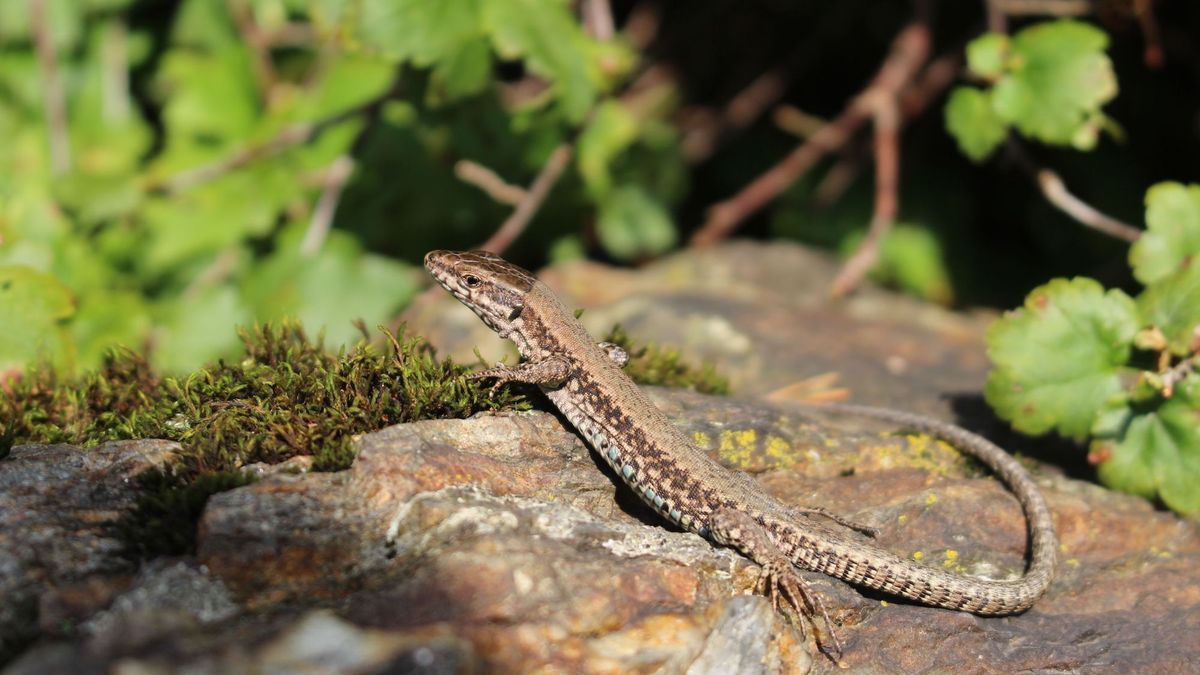
Researchers have identified the mechanisms allowing lizards to regenerate their tails. This unique ability to rebuild their cartilage offers new perspectives for treatments against osteoarthritis.
Perhaps you experienced it in your garden or during childhood: when a lizard is stressed or threatened, it does not hesitate to sacrifice its tail… which will grow back as if by magic. These can indeed regenerate large quantities of cartilage (which constitutes their skeleton), without becoming bone. A kind of “super power” closely studied by American researchers who wish to understand and control this regeneration of cartilage, in the hope of offering a treatment against osteoarthritis.
Scientists manage to regrow a leg
The researchers thus studied the changes in the activity of genes inside certain cells of the lizard, the fibroblasts and the septoclasts. The former build tissue, while the latter, immune cells, inhibit scarring (fibrosis), allowing the tail to grow back. “These two types of cells therefore work together and are the basis of the principle of regeneration”, analyzes the author of the study.
But can we transpose this phenomenon to other limbs than the tail? The biologists then tried to cause the reconstruction of cartilage… in the legs of the lizard, which naturally do not grow back. Surprise ! The implantation of septoclasts allowed the legs to regenerate.
Towards hope against osteoarthritis?
In addition to knowing how this regeneration works, scientists believe that this mechanism could eventually inspire treatments against osteoarthritis. This degenerative disease (characterized by cartilage destruction) affects 9 to 10 million French people, and today has no cure. Being able to regenerate cartilage in humans would be a great advance, even if it is a long-term study.
If these first results are encouraging, science still needs to study in more detail the molecular mechanisms that stop healing to try to recreate the same phenomenon in mammals (thanks to RNA sequencing of these cells). Once this is done, the researchers hope to be able to test the implantation of septoclasts in mice as a first step to induce in them the ability to produce cartilage.
